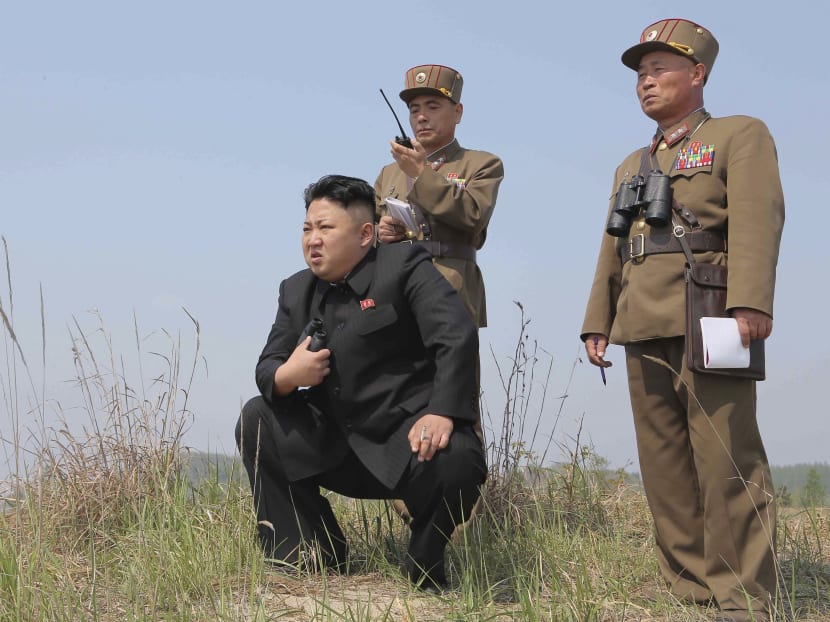North Korea fails again with powerful Musudan missile test
SEOUL — North Korea on Thursday (Oct 20) conducted what was believed to be another failed test of a powerful medium-range missile capable of hitting US bases as far away as Guam, the South Korean military said.
SEOUL — North Korea on Thursday (Oct 20) conducted what was believed to be another failed test of a powerful medium-range missile capable of hitting US bases as far away as Guam, the South Korean military said.
It was the second failed launch in less than a week of the nuclear-armed North’s powerful Musudan missile, which some experts warn could become operational as early as next year.
The last test on Saturday was denounced by the UN Security Council which is currently debating a fresh sanctions resolution against Pyongyang over its fifth nuclear test carried out last month.
Analysis by South Korean and US military monitors suggested Thursday’s missile had exploded shortly after take-off at around 6.30am Pyongyang time (6am, Singapore time), the Joint Chiefs of Staff said in a statement.
“Our military strongly condemns North Korea’s continued illegal provocative actions and are fully prepared for the possibilities of further provocation,” the statement said.
First unveiled as an indigenous missile at a military parade in Pyongyang in October 2010, the Musudan has a theoretical range of anywhere between 2,500km and 4,000km.
The lower estimate covers the whole of South Korea and Japan, while the upper range would include US military bases on Guam.
The missile has now been tested eight times this year — but only once successfully.
A Musudan launched in June flew 400km into the Sea of Japan (East Sea), and was hailed by leader Kim Jong-Un as proof of the North’s ability to strike US bases across “the Pacific operation theatre”.
Despite the string of failures, some experts believe the missile is moving swiftly towards operational deployment.
According to Mr John Schilling, an aerospace engineer specialising in rocket propulsion, the aggressive launch schedule, while multiplying the risk of failure, also increases the information gleaned from each test.
“If they continue at this rate, the Musudan intermediate-range ballistic missile could enter operational service sometime next year — much sooner than had previously been expected,” Mr Schilling wrote recently on the 38North website of the US-Korea Institute at Johns Hopkins University.
The latest Musudan test came with the United States and China still thrashing out a new UN sanctions resolution after the North’s September nuclear test.
North Korea has been hit by five sets of UN sanctions since it first tested a nuclear device in 2006.
After Pyongyang carried out its fourth nuclear test in January, the Security Council adopted the toughest sanctions resolution to date, targeting North Korea’s trade in minerals and tightening banking restrictions.
The ongoing negotiations on the new sanctions measure are focused on closing loopholes and zeroing in on North Korea’s nuclear and ballistic missile technology industry, according to Security Council diplomats. AFP







